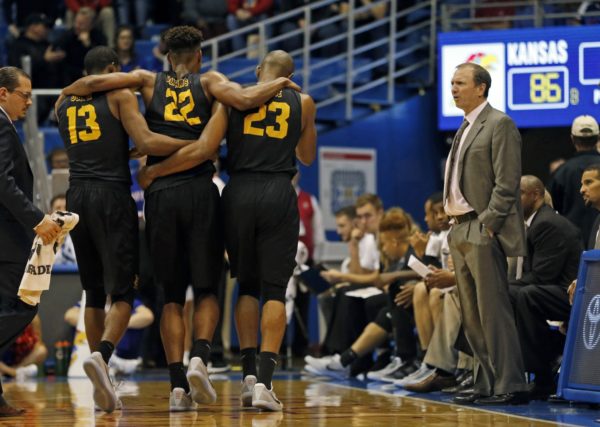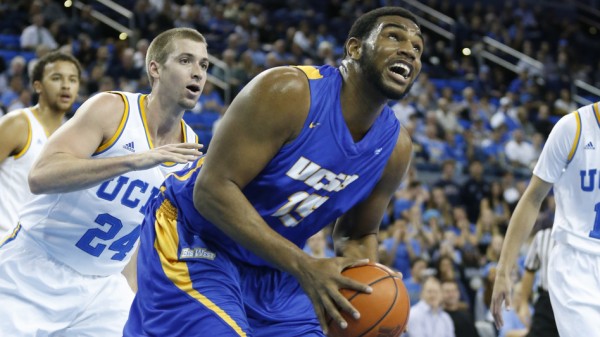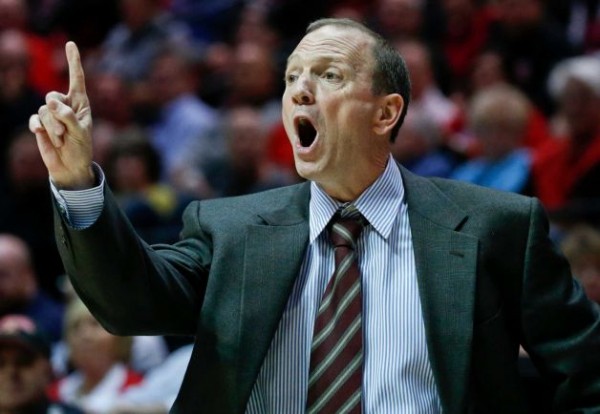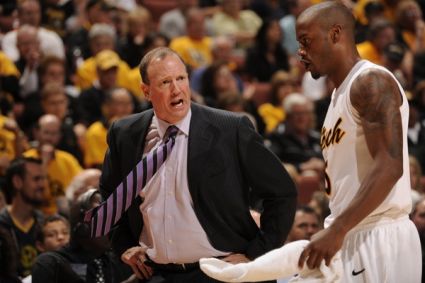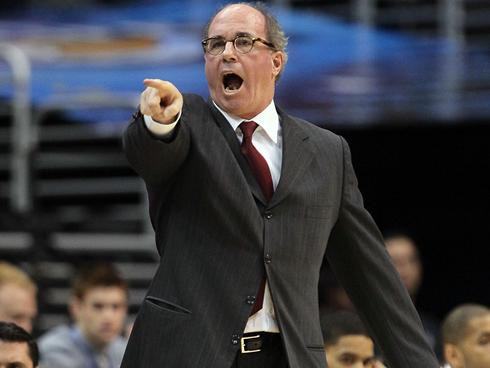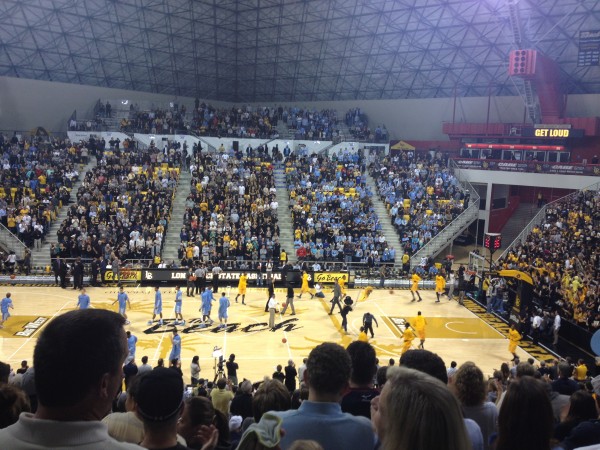Posted by Tommy Lemoine on December 26th, 2013
Both Long Beach State’s Dan Monson and Oakland’s Greg Kampe are on record in saying that their philosophy of building extremely difficult non-conference schedules, among other things, helps with recruiting—players jump at the chance to play on the biggest stages against schools that never gave them a look. Other cited reasons include: checking player egos, identifying team weaknesses early in the season, and, of course, the influx of revenue those games produce. And while all of those interests appear legitimate—it’s hard to argue with two guys who have made multiple NCAA Tournament appearances apiece—there reaches a point, whether it’s in Rupp Arena or the Dean Dome or during a trip to the McKale Center, when one has to beg the question: Is it worth the agony? With that in mind, let’s examine the five most brutal O26 non-conference slates this season.
Oakland. Kampe’s schedules have been reliably absurd over the last decade, and this year is no exception. How about this for a road trip to start the season: games at North Carolina, UCLA, California and Gonzaga… in a 10-day span. The Golden Grizzlies ended up losing all four, with only the California tilt being close, and two players—starting point guard Duke Mondy and forward Dante Williams—were arrested during the west coast trip and forced to miss several games as a result. A couple of neutral court contests and a game at Western Michigan later, Oakland was heading home for Thanksgiving with a dismal 0-7 record. Now sitting at 4-10, the good news for the Grizzlies is that they are back to full strength and demonstrating a level of resilience, even pushing Michigan State for 40 minutes in the Palace of Auburn Hills last weekend. Travis Bader, the most prolific three-point shooter in college basketball, has also begun heating up; the senior hit 21 shots from behind the arc over his past three games.
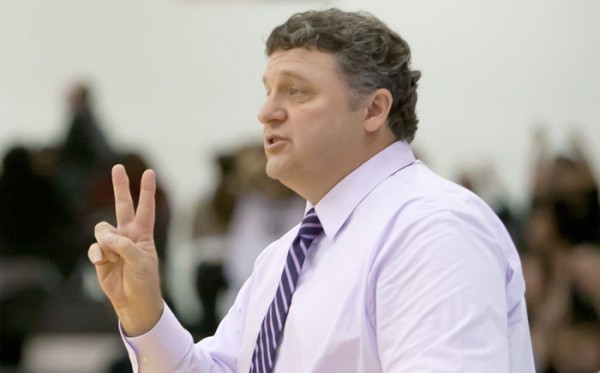
Greg Kampe and the Grizzlies face a gauntlet schedule.
Notable non-conference games: @North Carolina (L), @UCLA (L), @California (L), @Gonzaga (L), Ohio (W), @Indiana (L), N-Michigan State (L).
Long Beach State. Monson probably did not expect he would have to dismiss two key contributors before the season started when he created this non-conference deathtrap. But that’s exactly what happened when Tony Freeland and Keala King, who combined for 20 points per game last year, were kicked off the team last May. Perhaps the 49ers coach would have avoided the trip to San Juan for the Puerto Rico Tip-Off Classic or backed out of agreements with Arizona or Missouri or another (or two) of LBSU’s talented non-conference opponents. But then again, probably not. The man loves facing elite competition, and his team’s 3-9 record so far this season is clear evidence of that. By the time the Niners enter conference play in January, they will have played eight KenPom top 100 foes, including five in the top 50. That seems like a recipe for a lot of losses, especially after the graduation of star forward James Ennis. One positive note for Monson’s club, however, is that UCLA transfer Tyler Lamb became eligible to play last Thursday night just in time for a home tilt against USC, in which he scored 20 points and helped snap the team’s nine-game losing streak. Brighter days are ahead.
Read the rest of this entry »
| microsites, other 26
| Tagged: bill coen, bob mckillop, dan monson, davidson, De'Mon Brooks, eastern michigan, feature, greg kampe, jim boeheim, Kentucky basketball, long beach state, north carolina tar heels, northeastern, oakland, rob murphy
Share this story





























